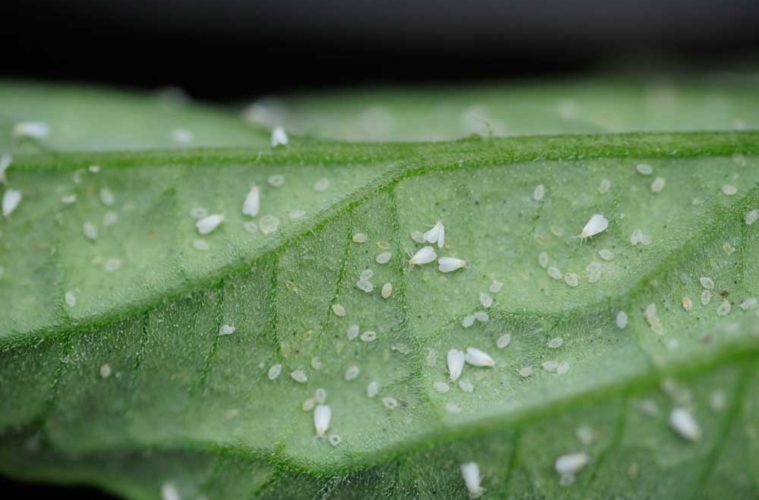Worried about using poisonous chemicals in your garden? Here natural eco-friendly pest control solutions:
Chemical treatment isn’t always the answer to pest infestation. Often beneficial insects like bees and ladybirds, or other garden creatures such as birds, geckos and frogs are killed in addition to the pest you want to eradicate. We suggest a few eco-friendly pest control methods.
READ MORE: Growing your own pesticides
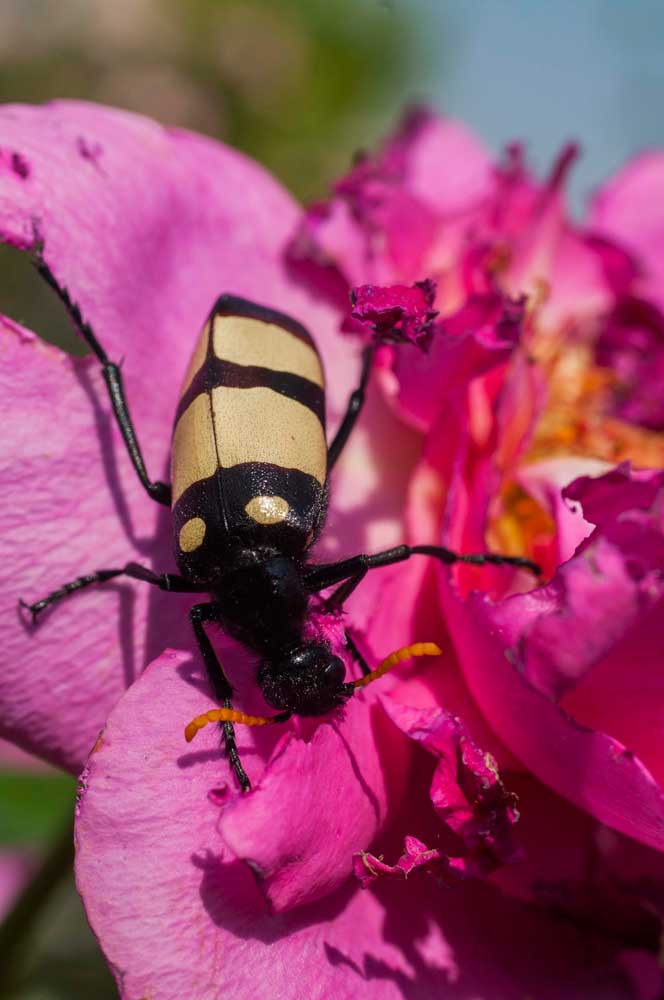
As many poisons are absorbed into plants’ tissues, they weaken their immune system rendering them unable to repel further attacks and you end up spraying more often. “The answer is to adopt an organic approach and allow a natural, healthy, balanced eco-system to develop in your garden,” explains Jenny Slabber of Talborne Organics. “Plants and trees grown in good organic soil are healthier and not as susceptible to pests and diseases as those grown in chemically treated soil.”
READ MORE: 7 Natural ways to manage garden pests
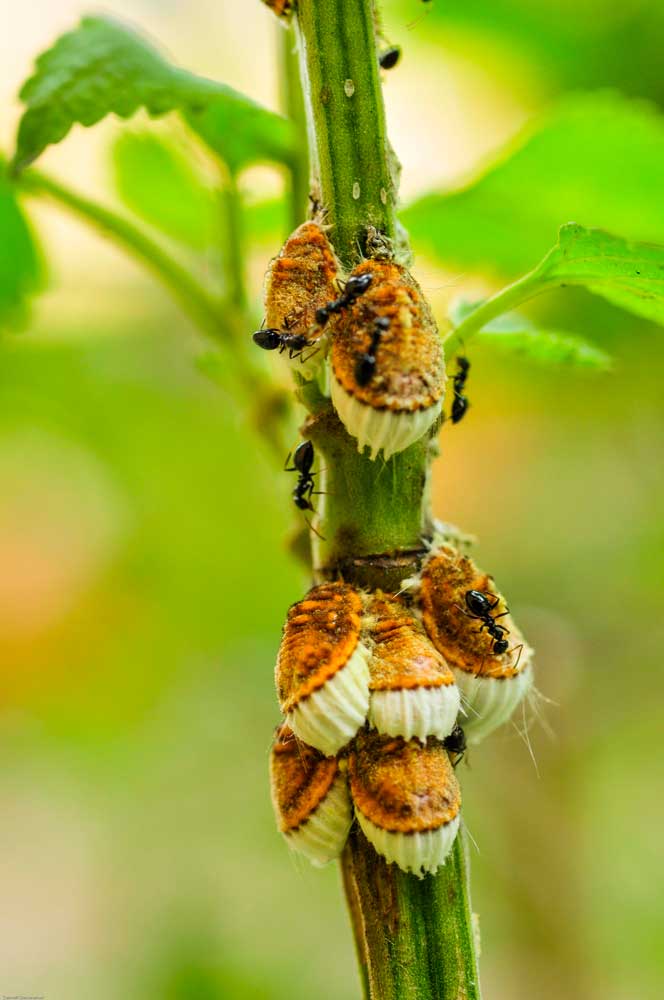
GOOD GARDENING PRACTICES
Start by restoring the soil to a natural healthy state by adding organic matter such as compost and organic fertilisers. Do this when preparing beds. In established gardens, spread compost over the soil, and in time, earthworms and other organisms will integrate the organic matter resulting in a fertile medium with a friable open structure.
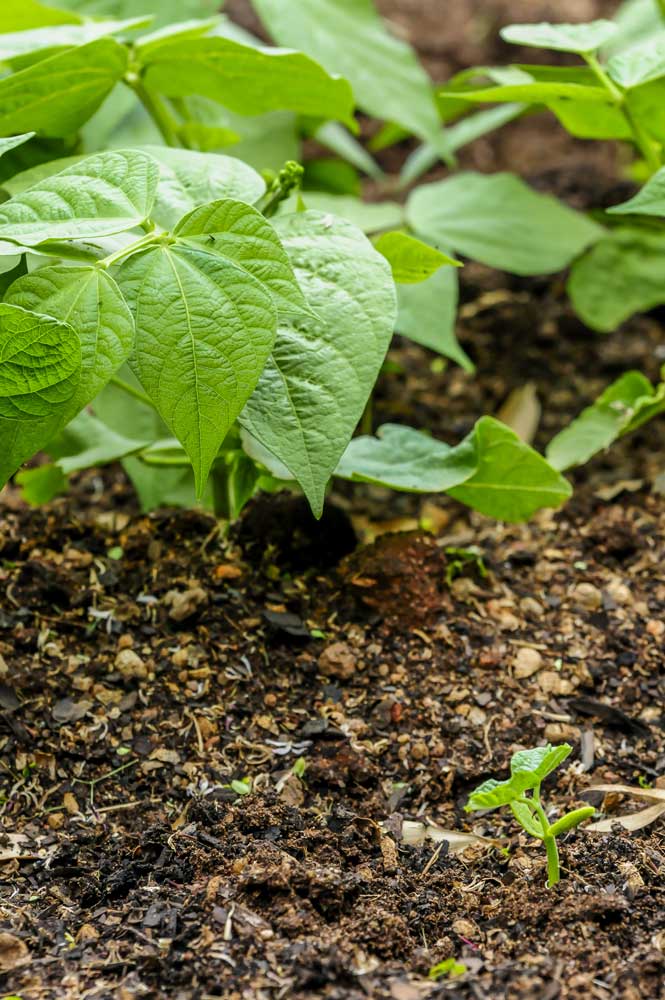
READ MORE: 5 Good reasons to mulch your garden
Always choose plants suited to the conditions and climate in your area. Place them in the correct positions such as full sun or semi-shade. Also ensure that they get the right amount of water. If grown under difficult conditions, plants become stressed, which leaves them susceptible to attack by insects and fungal pathogens.
Space plants correctly. If grown too close together, air flow is reduced, increasing the risk of fungal diseases. Make sure there is enough space for the roots to develop so that they can take up the necessary water and nutrients.
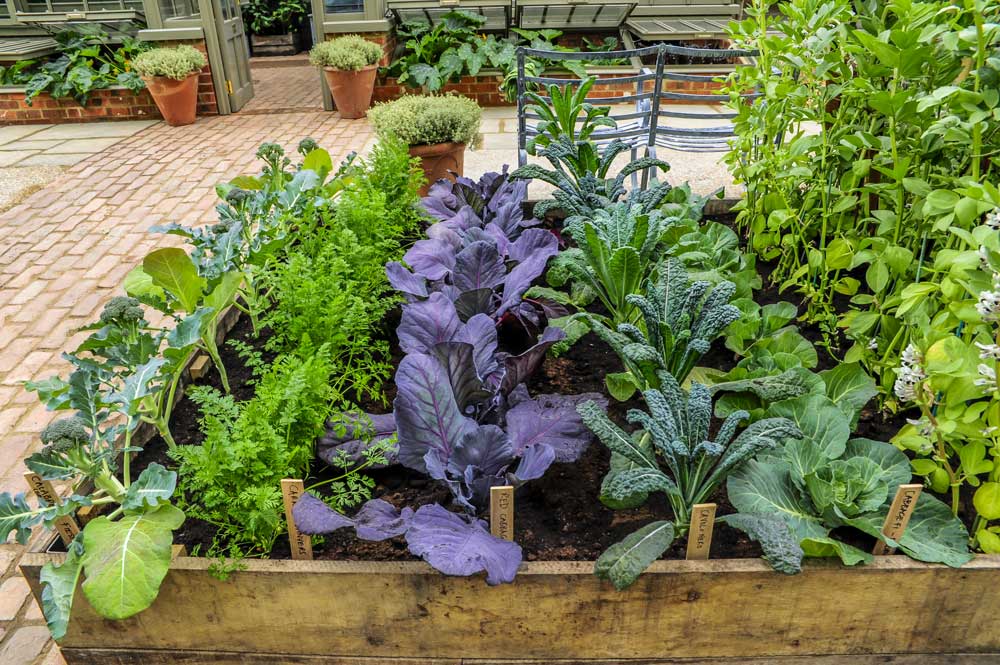
Use crop rotation, this improves the soil’s fertility and minimises the occurrence of soil-borne diseases and certain soil-dwelling insects. As a general rule, don’t plant members of the same plant family in the same place year after year. While this rule is particularly effective when growing vegetables, the practice can also be used when planting annuals. It’s best to follow nitrogen-fixing legumes like sweet peas with nitrogen-loving leaf crops such as coleus and then flowering annuals like petunias.
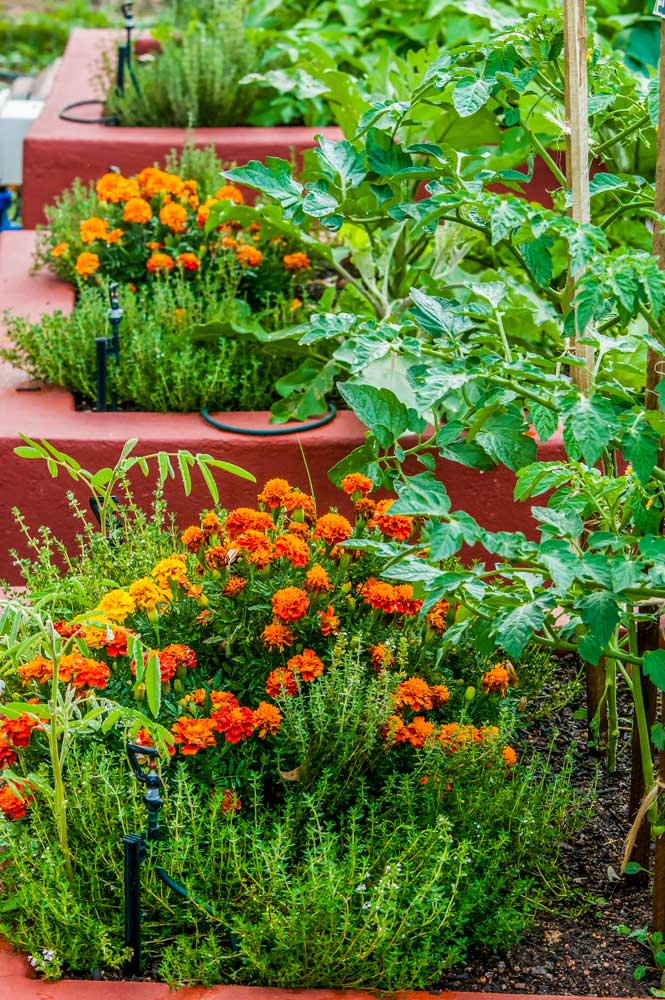
Practise companion planting (allelopathy) and combine plants that benefit each other. For example garlic planted with roses helps repel aphids and marigolds deter nematodes and a variety of other undesirable insects.
Water at the right time of day. Water in the early morning or mid-afternoon. This give the leaves a chance to dry off during the day, reducing the risk of fungal disease.
PEST CONTROL
Even if you follow organic principles, you may still have the occasional pest infestation or fungal outbreak. “There’s usually a reason for this,” says Jenny. “For example, mole crickets only thrive where methane is released by compacted or clay soils, cutworms indicate a calcium deficiency in the soil, and termites a pH imbalance. If you sort out these problems, the pests usually disappear.”

